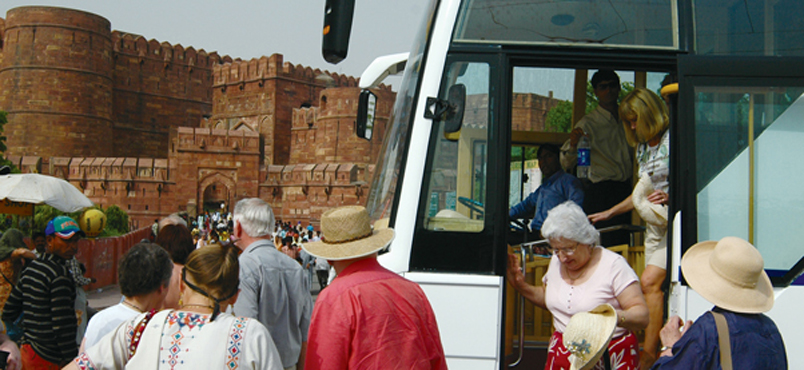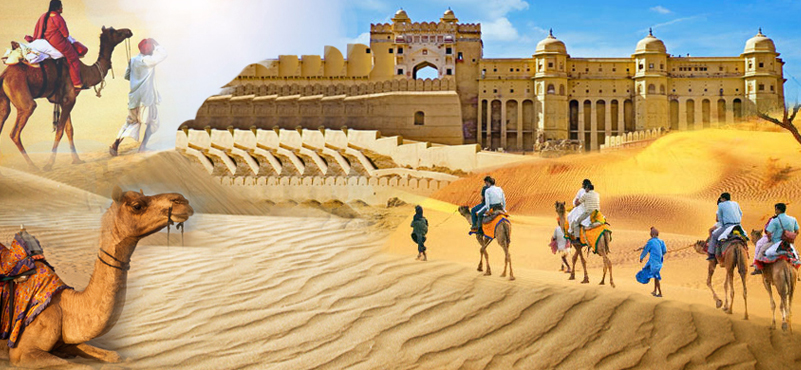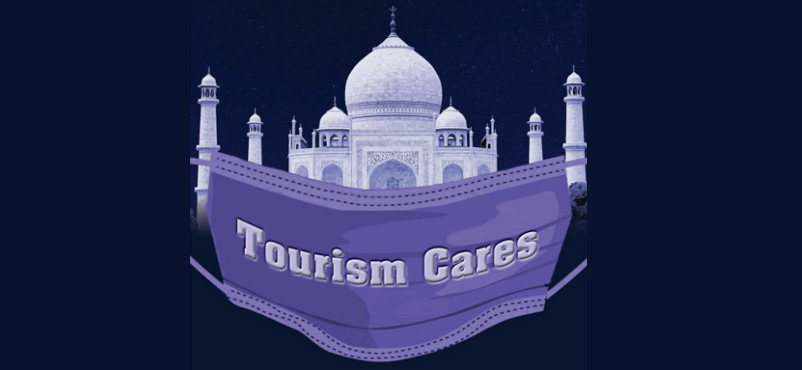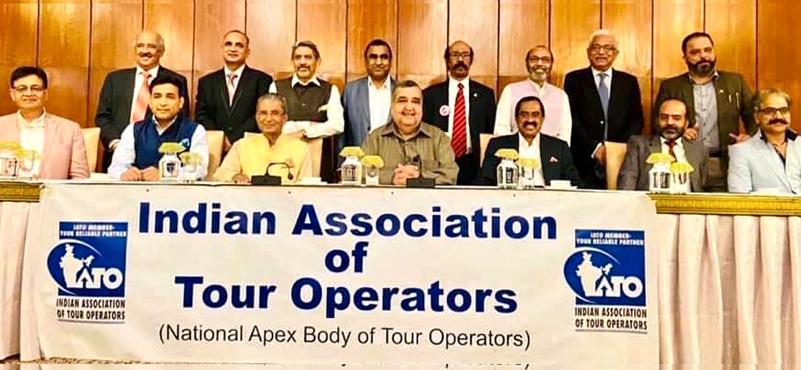We clocked ten million international arrivals in 2017. Whatever the potential of our country may be, the fact is that it is a historic milestone. There were muted celebrations on the occasion which also stands to reason because none of us were really gloating over it. We all realise that given India’s potential as a tourist destination, this feat should have been achieved a long time ago.
It was during the time of the then cabinet secretary Zafar Saifullah, in the Narsimha Rao government, almost 25 years ago, that the idea of ten million international tourists as a target was first mooted. It is a sad commentary on our tourism performance that it has taken us 25 years to reach this milestone.
Nevertheless, it is creditable to the present tourism minister that he wants to embark on a mission of doubling these figures in the next three years. Having said that, it will be relevant and opportune to create a game plan on how and from where these additional ten million tourists are going to come.
The present government has embarked upon a number of big ticket infrastructure projects, and within the country, we could well be battle ready towards achieving such ambitious targets.
However, in our way forward, the single biggest constraint could be the fast saturating airport capacity.
The two biggest entry points are Mumbai, where the international airport is already chocked, while Delhi has an airport that is nearing saturation.
Tourism’s biggest ally would be, obviously, the aviation ministry. Given the time frame of three years to double footfalls, little progress can happen at Delhi and Mumbai. Therefore, it may well be feasible to look at alternate gateways, and bring tourists on reverse itineraries.
Tourists currently use Delhi as a gateway to go to Agra and Jaipur. What if they use Agra and Jaipur as the gateway and come to Delhi instead? It would essentially mean reversing the tourist itinerary, but it could be one solution.
Secondly, it must be realised that all the ten million footfalls in to India were not tourists per se. So, we need to also to understand who these other categories of travellers are – non-tourists, as a factor to consider. Many of us in the industry think that from five million to ten million, tourists per se, as a percentage of the total arrivals, may have actually fallen.
If this be so, there would be every opportunity of reversing thistrend too.
Thirdly, a massive international outreach would be needed to attract such numbers. Big time promotions would be required to position India in key source markets by activity and choice, and not generic advertising.
It is here that private sector would have a major role to play.
India’s ability to attract international tourists through roads remains restricted. The only other option would be to explore is the vast sea network on both coasts to ramp up cruise tourism. It is heartening to note that the government has mooted a liberal and progressive cruise tourism policy while the process of creating infrastructure including world-class port facilities to host mega cruise ships has already been put in motion in Mumbai and other key coastal cities. Who knows, in the near future, we might be able to attract a million tourists from cruises only.
Whatever be the case, crossing the ever-elusive ten million mark should be a moment to pause and reflect on where we went wrong. India deserves many more million tourists and the twenty million target is a step in that direction.




































